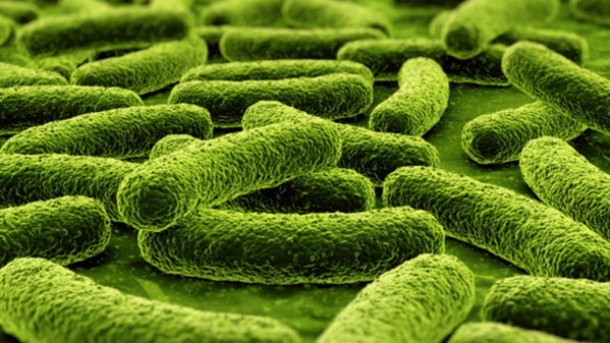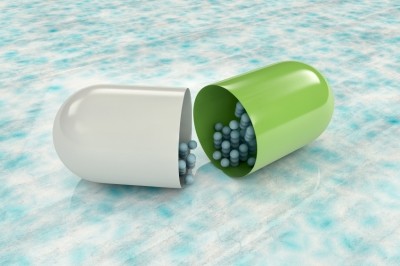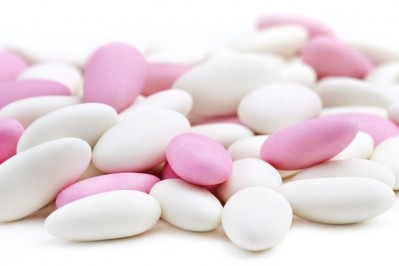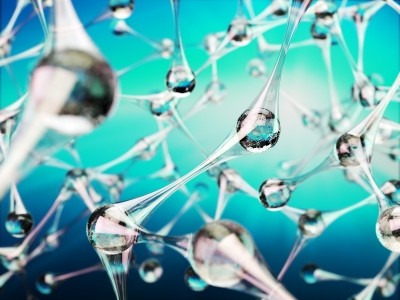Nanoparticles in consumer products significantly alter normal gut bacteria

Writing in Environmental Engineering Science, researchers used a model of the human gut to test how exposure to three different nanoparticles (NP) that are commonly used in consumer products - zinc oxide, cerium dioxide, and titanium dioxide – affects the make-up of the bacterial communities in our gut (known as the microbiota).
“Understanding the interactions between NPs and bacteria in an engineered model colon can indicate potential impacts of NP exposure on the gut, and therefore overall human health,” suggested the research team – led by senior author Professor Sharon Walker from the University of California, Riverside.
Walker and her colleagues found that exposure to environmentally relevant concentrations of NPs led to distinct changes in the microbial community – causing a partition into three distinct phases: “initial conditions, a transition period, and a homeostatic phase, with the NP-exposed community displaying significant differences from the unexposed community in multiple phenotypic traits.”
Overall, the team found that the nanoparticles caused non-lethal, yet significant changes to the microbial community's phenotype – which they suggested could be related to an overall impact on health.
Research findings
The team used a model gut to expose normal gut flora to nanoparticles at levels that are typically found in consumer goods including foods and cosmetics.
Zinc oxide (0.01 μg/L), cerium dioxide (0.01 μg/L), and titanium dioxide (3 mg/L) were introduced into a model colon to identify the subsequent impact on the gut microbial community.
Walker and her colleagues noted that the addition of nanoparticles to the model gut system clearly affected the phenotypic characteristics of the microbial community as well as the gut microenvironment when compared to model gut systems in which NPs had not been added.
“Notably, phenotypes, including short-chain fatty acid (SCFA) production, hydrophobicity, sugar content of the extracellular polymeric substance, and electrophoretic mobility, which indicate changes in the community's stability, were affected by the NPs,” wrote the team.
Indeed, they noted that titanium dioxide led to extended phenotypic transformations for hydrophobicity when compared with the other NPs – something the team suggested was likely due to its lack of dissociation and greater stability.
Nano-modelling
The team said the technique used in the new study has provided unique insights into alterations to the microbial metabolic processes caused by NPs.
However, the noted that an important consideration when studying the gut microbiota and interpreting results is that one human sample does not represent the high variability and diversity of gut microbiomes present in the human population.
“This work highlights the relevance of studying a complex matrix and microbial community in situ rather than individual microbial species in vitro,” said the authors.
“The techniques used and presented here offer a novel combination of indicators for identifying NP-induced perturbances within the gut microbiota,” they added.
Source: Environmental Engineering Science
Published online ahead of print, doi: 10.1089/ees.2014.0518
“Metal Oxide Nanoparticles Induce Minimal Phenotypic Changes in a Model Colon Gut Microbiota”
Authors: Taylor, Alicia A; Marcus, Ian M; Guysi, Risa L; Walker, Sharon L

























